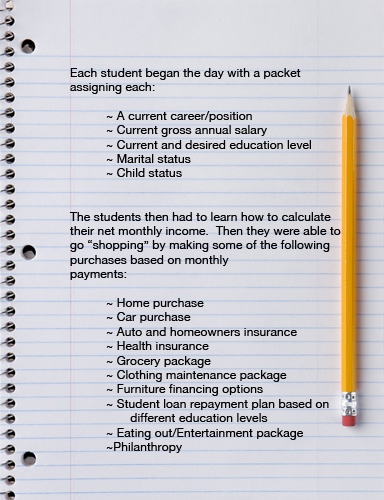Spring is one of the best times to be a baseball fan. Right now, we can like the Tigers simply because they are our team and because they’ve looked great in the first few games! There is no baggage piled on yet, no insurmountable amount of losses, no injuries etc. These days are for optimism and dreaming. The players and staff have spent a lot of time developing a game plan and sticking to this plan could possibly make or break their season. Having a game plan is a big part of a team reaching their goal of the playoffs and for you, it is important in reaching your investment goals.
An investment strategy that uses a defined investment process cannot ignore one of the most crucial steps, monitoring and rebalancing. The question is not if, but how. Rebalancing encourages good investor behavior by forcing you to sell some of your winners and buy more of your losers.

There are several ways to rebalance a portfolio: on a calendar basis, by utilizing cash flows, and opportunistically.
Calendar rebalancing is done by choosing a specific date, usually arbitrarily, to rebalance portfolios and can be done on a quarterly, semiannual or annual basis. Studies have shown that there is not much performance differential between the different frequencies of rebalancing[1]. By utilizing a set calendar date to rebalance the best buy-low/sell-high opportunities can be missed.
In contrast, cash flow rebalancing can be used for accounts with cash moving in or out of the accounts. For example, if a cash distribution is needed the asset that is the most overweight can be sold to raise cash. If cash is flowing into the account, the asset that is most underweight can be purchased.
Opportunistic rebalancing is the other option. Look often, but actually rebalance infrequently. Studies have shown that monitoring accounts frequently, i.e. looking at least bi-weekly increases the likelihood that rebalancing will occur at the most opportune times, capturing sporadic buy low/sell high opportunities, more than doubling the increased returns from the rebalancing benefit over calendar rebalancing.
Whatever your rebalancing technique is, you need to have a game plan and stick with it over time. Having a strategy can help take some of the emotion out of investing. Speak to your Financial Planner today about establishing your plan and check out these recent blogs to help guide you.
Links to:
Introduction: The Investor’s Chief Problem
Strategic Allocation: Building your foundation
 Tactical Allocation: Deck the Halls with tactical allocation
Tactical Allocation: Deck the Halls with tactical allocation
Types of Investments: Time to declutter
Buy Process: Salad Surprise
Sell Discipline: The Gambler
[1]Daryanani, Gobind CFP®, Ph.D.”Opportunistic Rebalancing: A New Paradigm for Wealth Mangers.” 2008. Journal of Financial Planning.
All illustrations are hypothetical and are not intended to reflect the actual performance of any particular security or investment account. Future performance cannot be guaranteed and investment yields will fluctuate with market conditions. Investing involves risk and you may incur a profit or loss regardless of strategy selected. The information has been obtained from sources considered to be reliable, but we do not guarantee that the foregoing material is accurate or complete. Any information is not a complete summary or statement of all available data necessary for making an investment decision and does not constitute a recommendation. Any opinions are those of [FA NAME] and not necessarily those of RJFS or Raymond James.
















